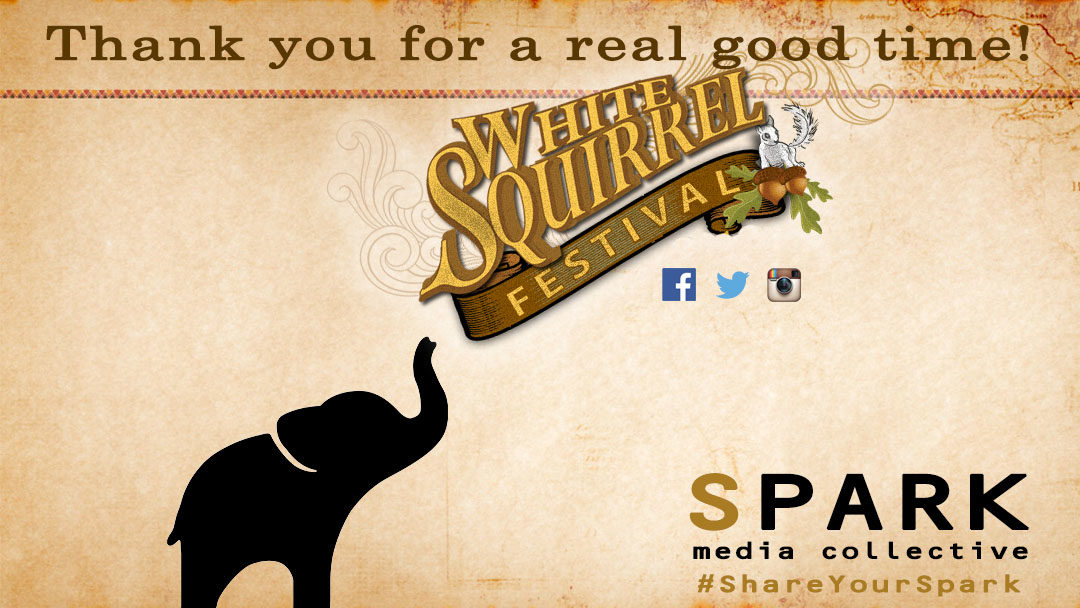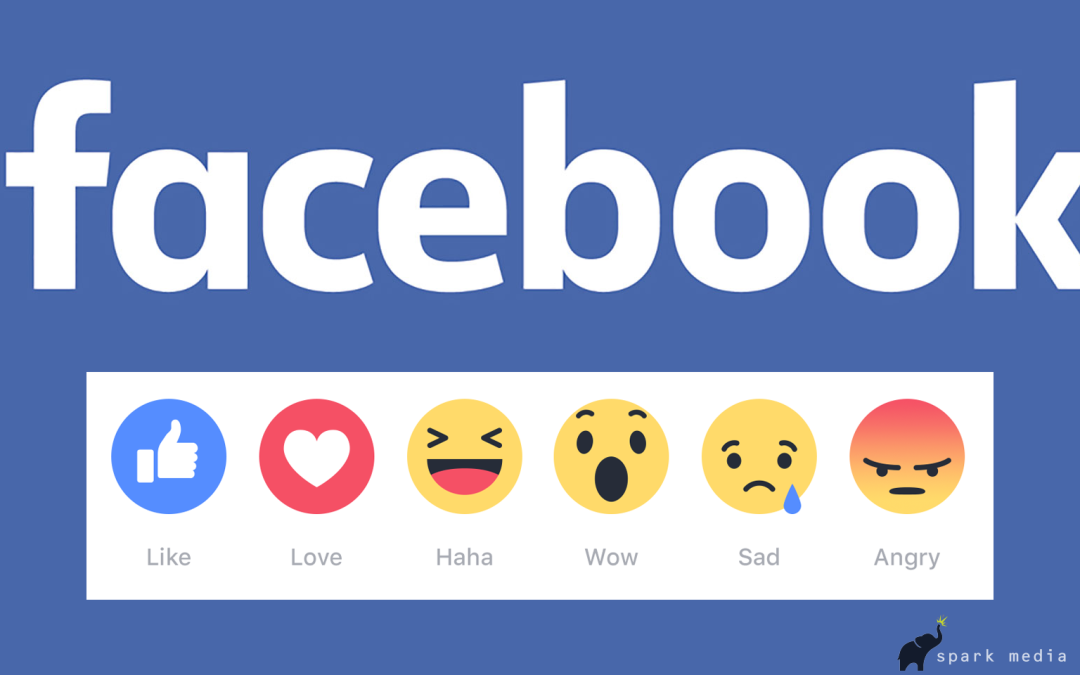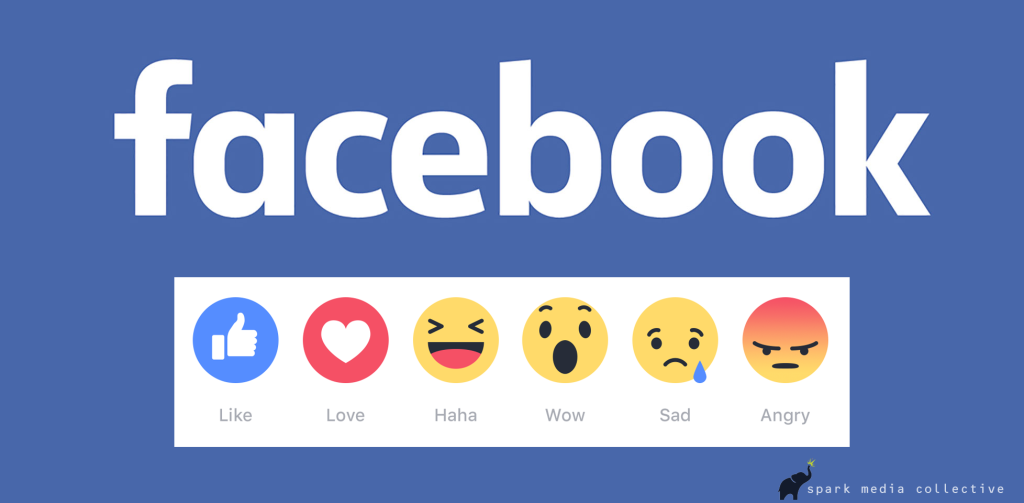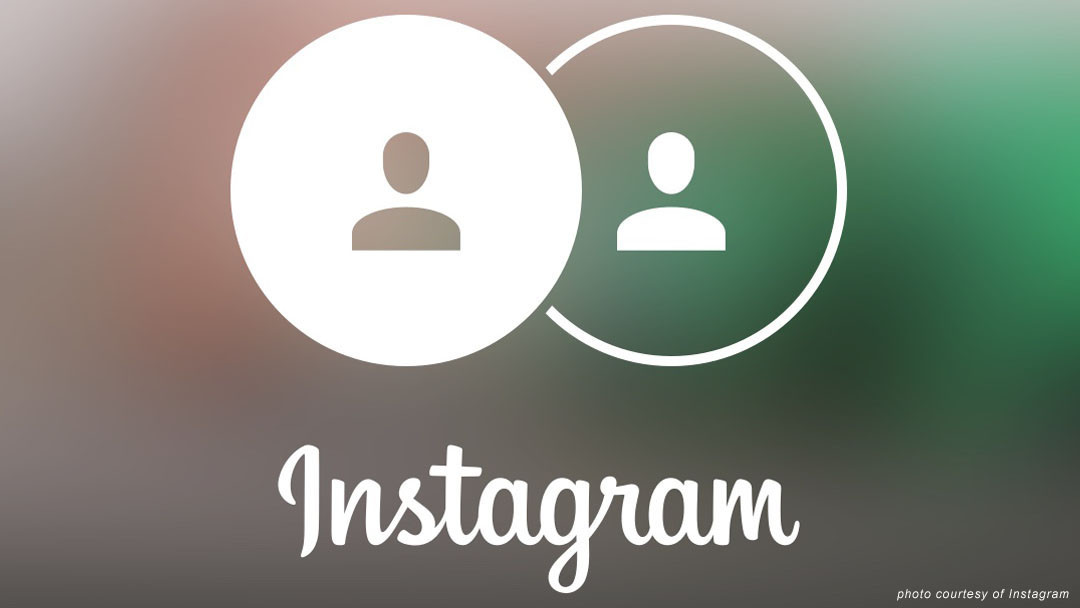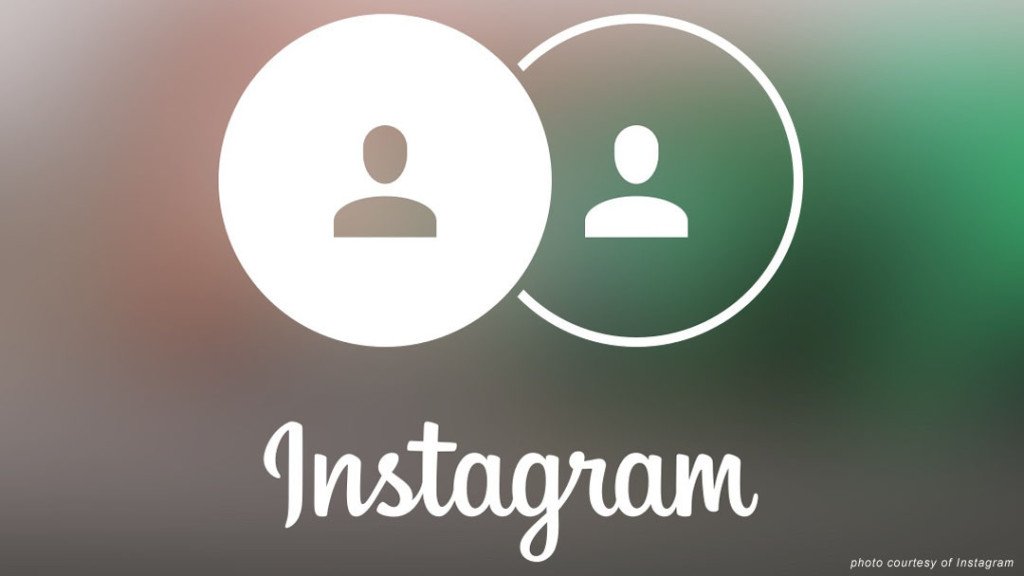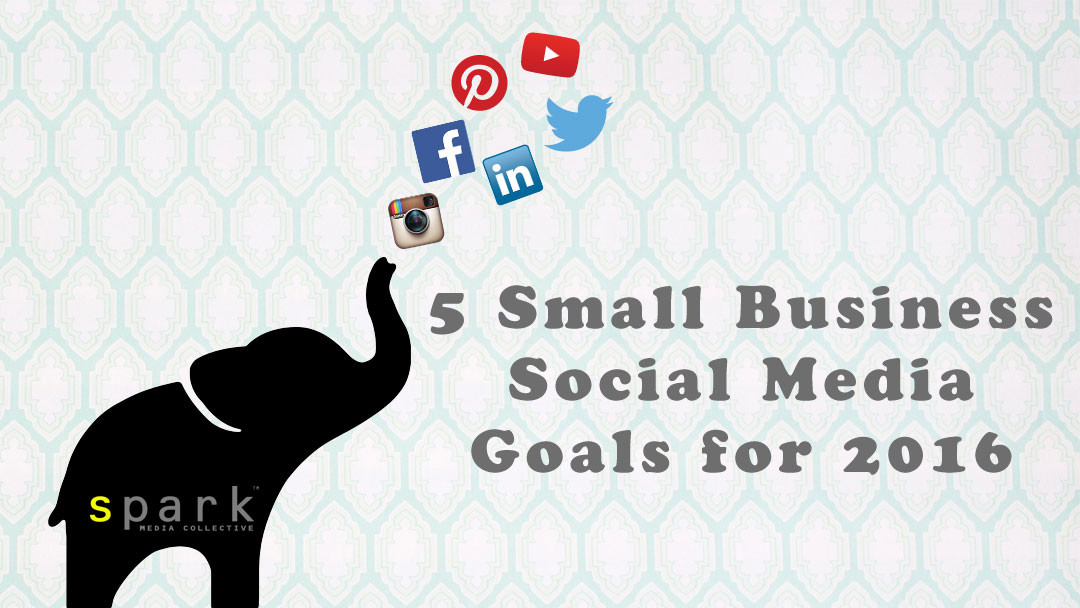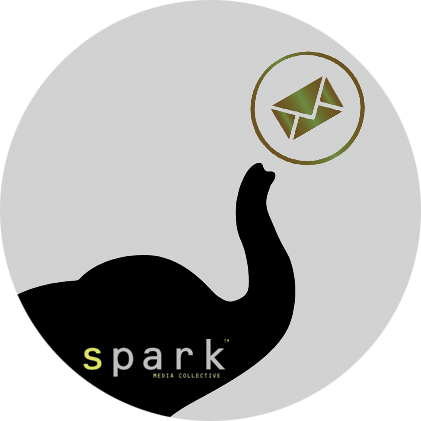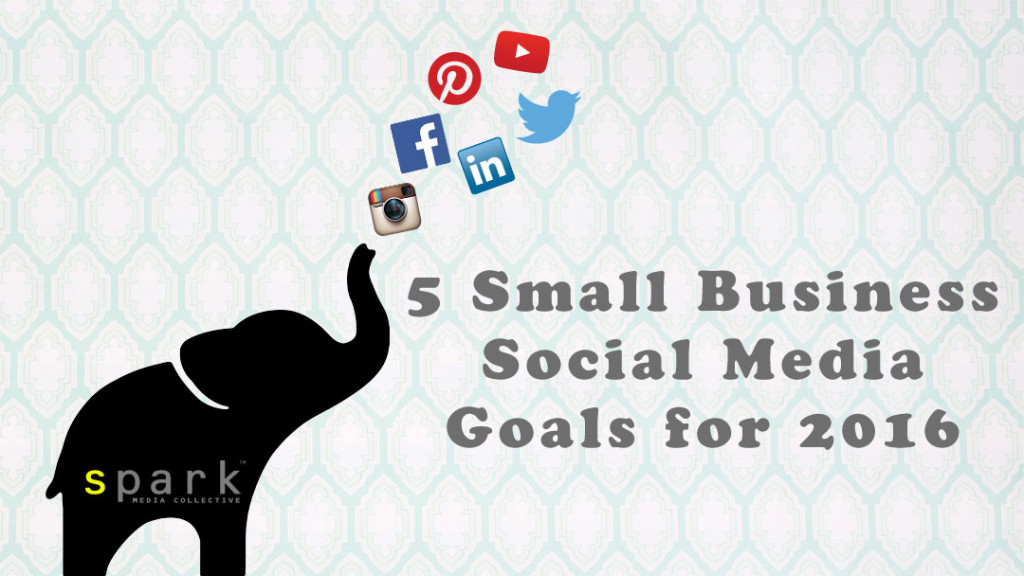
It’s 2016, and by now, most small businesses are utilizing social media to some degree or another. Whether you are a local retail shop or restaurant, service provider or involved in B2B, social media is an invaluable tool to help you personally connect with your customer and build relationships. Here are 5 things you can do to help kick off your social media efforts in the the new year:
1. Take social media seriously.
In just a short few years, social media has transformed from a novel way to announce a sale to a powerful marketing tool that is capable of driving business, creating a brand and reaching customers. While there are no set rules on how to make social media work, the idea behind taking social media seriously is to think about the potential of what it can do for your business and how you can maximize on that. Roughly 81% of small & medium-sized business are using social media and the ones that are successful with it know their customers, know where they spend their time online and know how to connect on each platform. It’s not about being serious on social media, it about taking social media seriously. So, goal #1 for 2016 is to make social media an intentional part of your marketing strategy, rather than simply a side note.
2. Create a social media plan.
“I’m just a small business…social media plans are for large organizations with marketing departments and big budgets.” Just as a business plan is for businesses of every size, so is a social media plan. It can be as formal or informal as you want it to be, but the more effort you put into it, the more helpful and useful it will be to you. So, what is a social media plan and why do you need it? In its most basic form, you plan should include:
- goals (gain new customers, maintain existing customers, brand awareness, etc)
- customer demographics
- appropriate social media platforms
- posting strategies (types of posts, frequency, content topics)
- budget
- testing methods (analytics/metrics)
There was a time not too long ago when competition for people’s attention on social media was fairly slim. Even on a local level, that is no longer the case. As of 2014, the average Facebook user has over 300 friends and ‘likes’ 80 different pages, groups or events (and that number is continually growing). That’s a lot of information to try an prioritize in a persons feed. A well thought out plan will help you focus your efforts to reach the right people at the right time and give you an idea of what is working and what is not.
3. Try promoted posts or ads.
Over the last year, businesses large and small have experienced a huge decrease in the “organic reach” of their posts, especially on Facebook. As more and more people are on various social media platforms and “liking” or “following” more and more businesses, in addition to their own friends and family, each platform is continually trying to optimize everybody’s feed to show them more of what they want. And, as many platforms are going public, they are also feeling an increase in pressure to create more revenue. This leads us to promoted posts or ads, both of which are paid features. So, by decreasing the number of people that see your posts, they are hoping to force you into using their paid features. For the most part this is working. The good thing is, you can start small while you get the hang of things. It’s a bit of trial and error, but by spending $5 or $10, you can try a Promoted Post on Facebook or a Sponsored Ad on Instagram and not cringe if it doesn’t take off on your first go. So, for goal #3, go out on a limb and try a paid boost or ad…it may surprise you.
4. Utilize insights & analytics.
Almost every social media platform offers some degree of analytics so you can track your performance and effectiveness. Some will also give you really helpful demographics and activity information, as well. So, why does it matter? By utilizing the analytics feature, you can see if you are effectively reaching your customer, getting a return on your investment (ROI) and give you ideas on what types of posts/content performs the best to help you plan future posts. Akin to reading the stock market ticker, it may take a bit to get used to reading the vast amount of information, but once you do, you can gain a lot of insight into how things are going at a relatively quick glance. To start, a couple of times a month, browse through the analytics and see what types of information they provide and figure out which ones are important to you and your business.
5. Have fun!
Remember, social media isn’t about computers, phones or tablets…it’s about connecting with people, just like you. Think about what you like to see and what types of content you engage with. A single post is not the be all end all, good or bad. Play around with it. There are so many different things you can do to keep things interesting (and fun). Post a picture of employees having fun at work or create a nonsense event that you can invite people to or share some good news about your community. Run a contest or conduct a survey. Or do it all! The whole idea of social media is that it is just that…social. It’s not the same type of advertising from 20 years ago, or even 10 years ago. Interact with followers, reply to comments, make comments on other pages, like or follow other businesses. It’s SOCIAL media…it’s supposed to be fun!
Social media has come a long way in a really short time. It’s continually changing and growing, which makes it an exciting and dynamic tool to stay in contact with your customers. If you have your own social media goals for 2016, post them in the comments section below…we’d love to hear them!
